GULF COAST SALTWATER FISHING #4
Howdy y’all, I have been traveling for the last week and missed my self-imposed deadline of every Thursday.
The coming week’s topics are going to cover the parts of how and why fish do the things they do, that will enable you to predict when and where you can catch fish. Understanding their behavior is winning half the battle with location and the timing of catching fish. Failure to catch fish is usually due to the attention to, or omission of recognizing one or more variables in the topics listed below.
Fish behavior is related primarily to;
- Weather conditions (barometric pressure, temperature, wind, etc.)
- Food sources
- Cover (depth changes, physical features)
- Tide movement
- Solunar tables
Last week we discussed Cover (depth changes, physical features), this week we will look at Tide movements. Fish are going to be in an area of water that has cover from predator fish and/or ambush positions to easily catch prey to eat.
Tide movement is one of the most important features to catching fish in Salt or brackish water environments and one of my primary functions of when and where to fish! Where to find tide charts? There are many different sources where you can find charts pertaining to the area you fish. I like to use http://www.tidesandcurrents.noaa.gov because you can specify the target area you fish, single days or multiple days, and charts to show highs and lows.
Fish have areas that they like to feed in when the tide is moving in or out, and the locations for finding feeding fish can be drastically different when moving in or out. Fish don’t like to spend unnecessary energy to catch their prey. They would rather find an ambush point that will make an easy catch. Hence, when the current is moving fish will take cover behind, on, or beside something that washes bait fish past where it is lurking. This will give you an advantage to know where to cast and how to retrieve your lure, especially if you have access to electronics that show exactly where the cover is.
Tip – You should fish in the current heading upstream when possible. You want your bait to be presented naturally. Baitfish will always be pushed downstream with the current.
Good examples of cover can be a shell or oyster reef, pier pilings, rock outcroppings, creek shelves, weed beds, or submerged items that can only be seen with electronics. Baitfish such as shad, shrimp, croakers, mussels, crabs, smaller fish are known food sources.
Currents will not always be moving during a set inward or outward movement. Some days will have multiple tide direction changes in a 24-hour period. Fish are harder to catch when there are lulls in the water movement. They can still be caught, but it will require excellent accuracy in casting, and a natural presentation on how enticingly you move your bait.
Thanks for reading my blog. I look forward to covering other topics and am open to any suggestions or questions. Please ask if you need clarifications or explanations.
Thanks, Robby








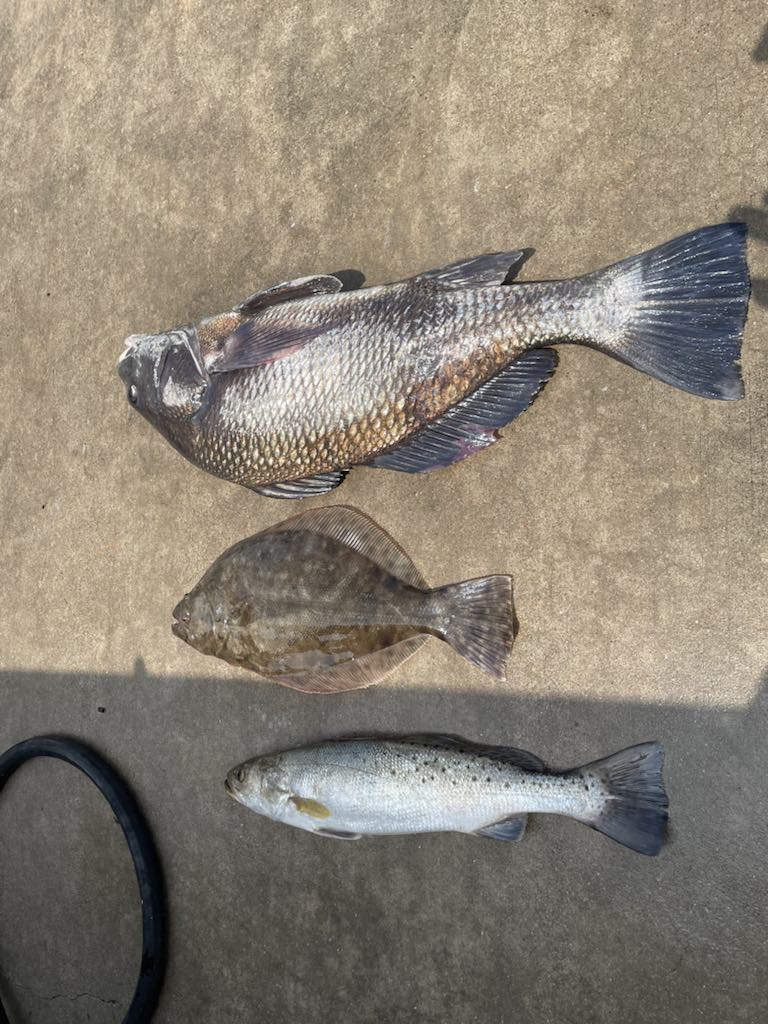
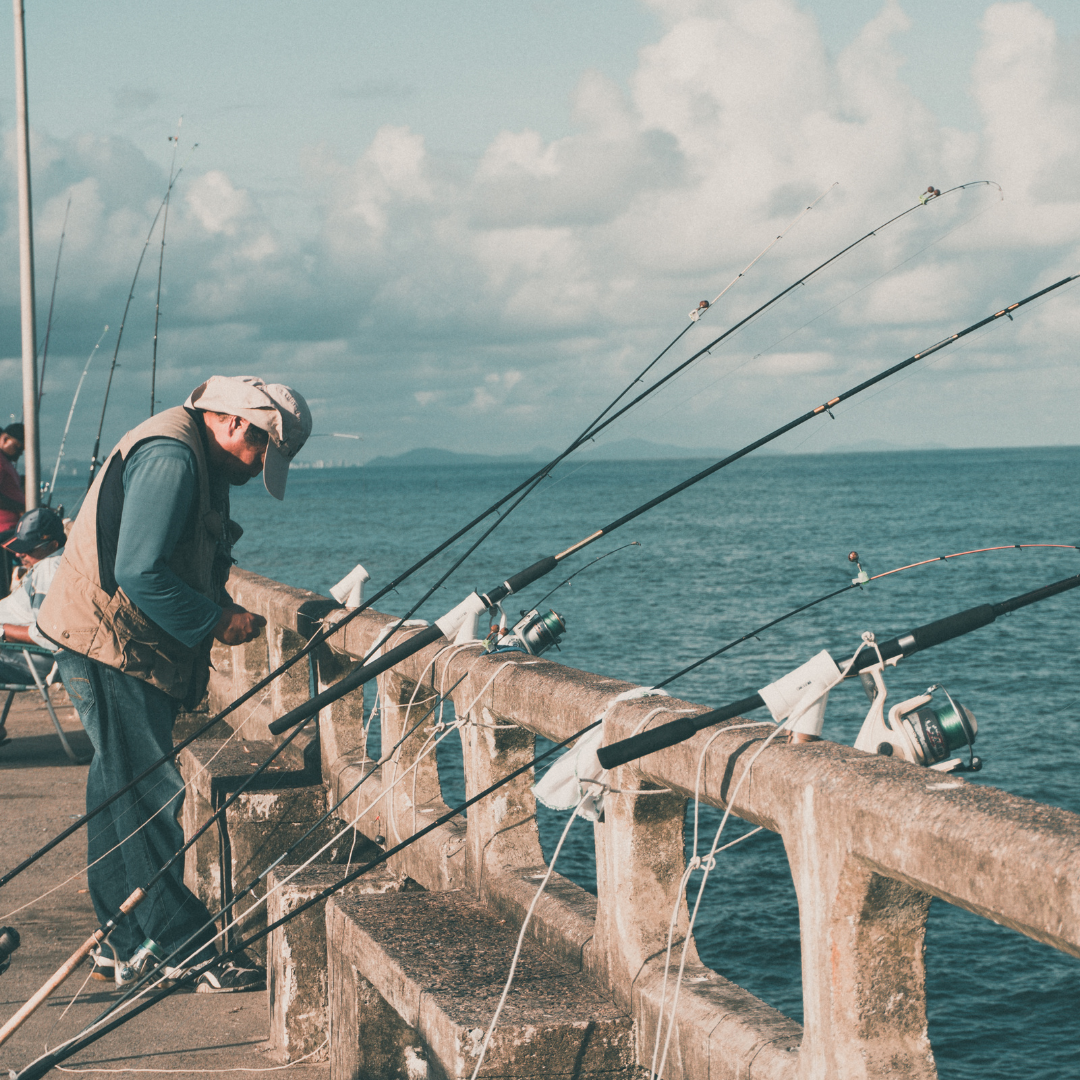
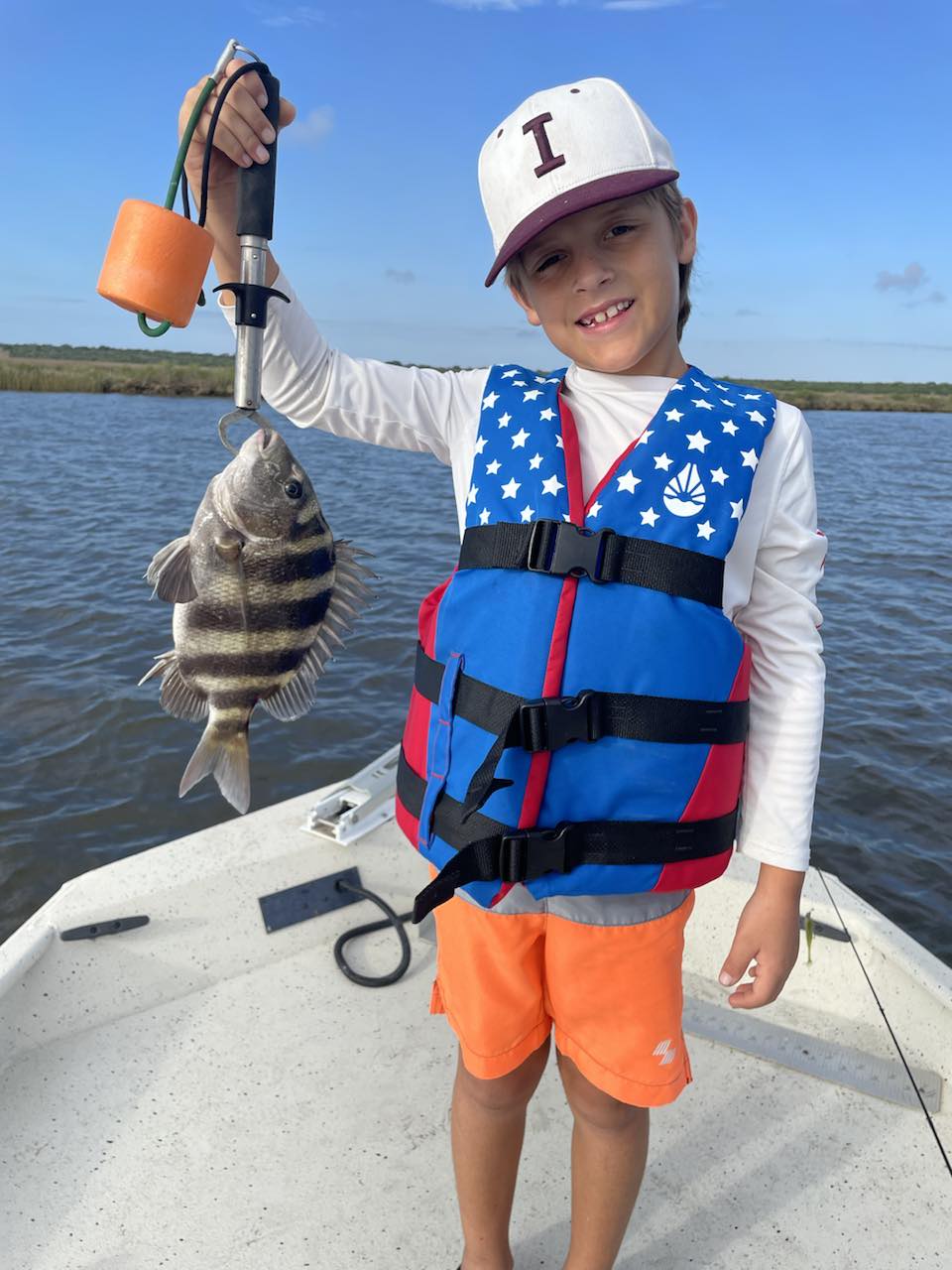
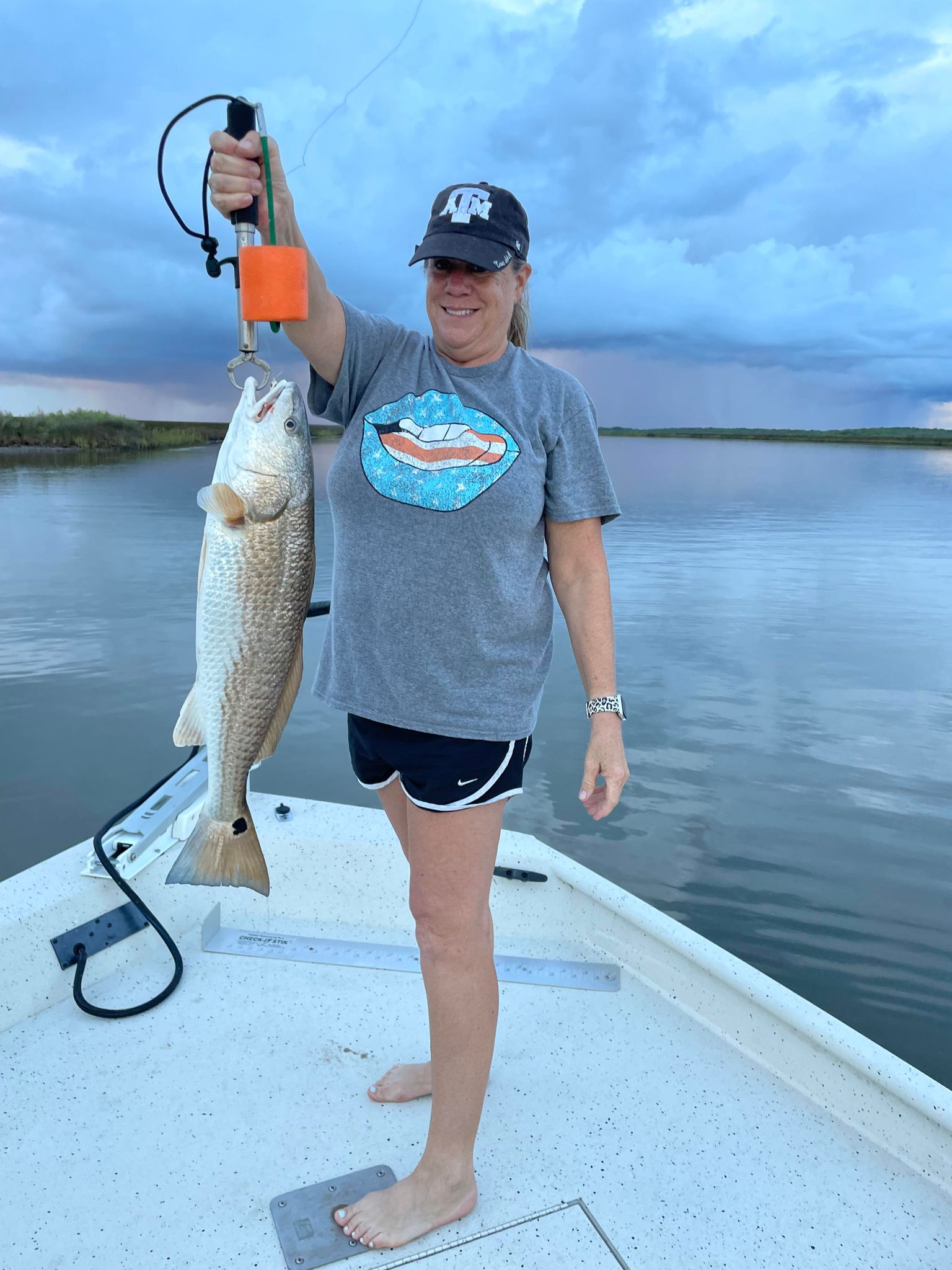
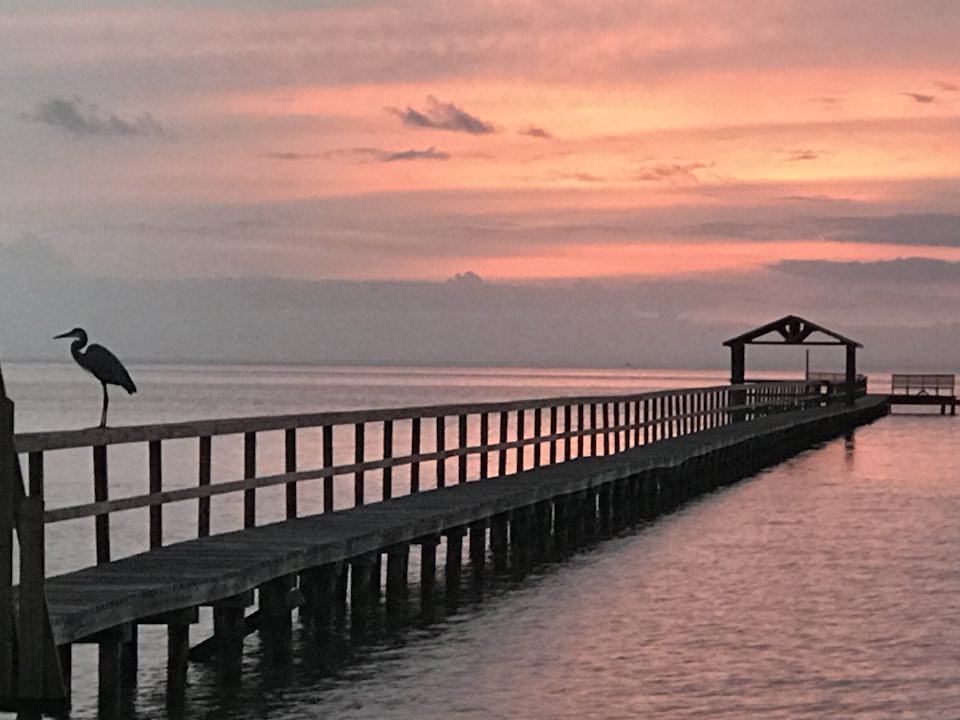
I didn’t know I should be fishing in the current heading upstream. This is such a handy article as the others are as well. I look forward to this weekly series to learn all I can about Gulf Coast Sea fishing.
I did not know that about the currents! Thanks for this handy information!! I’m excited to read next weeks!
Oh wow, I love deep sea fishing. I’ve never fished on the Gulf Coast but these sounds like some great tips to know.